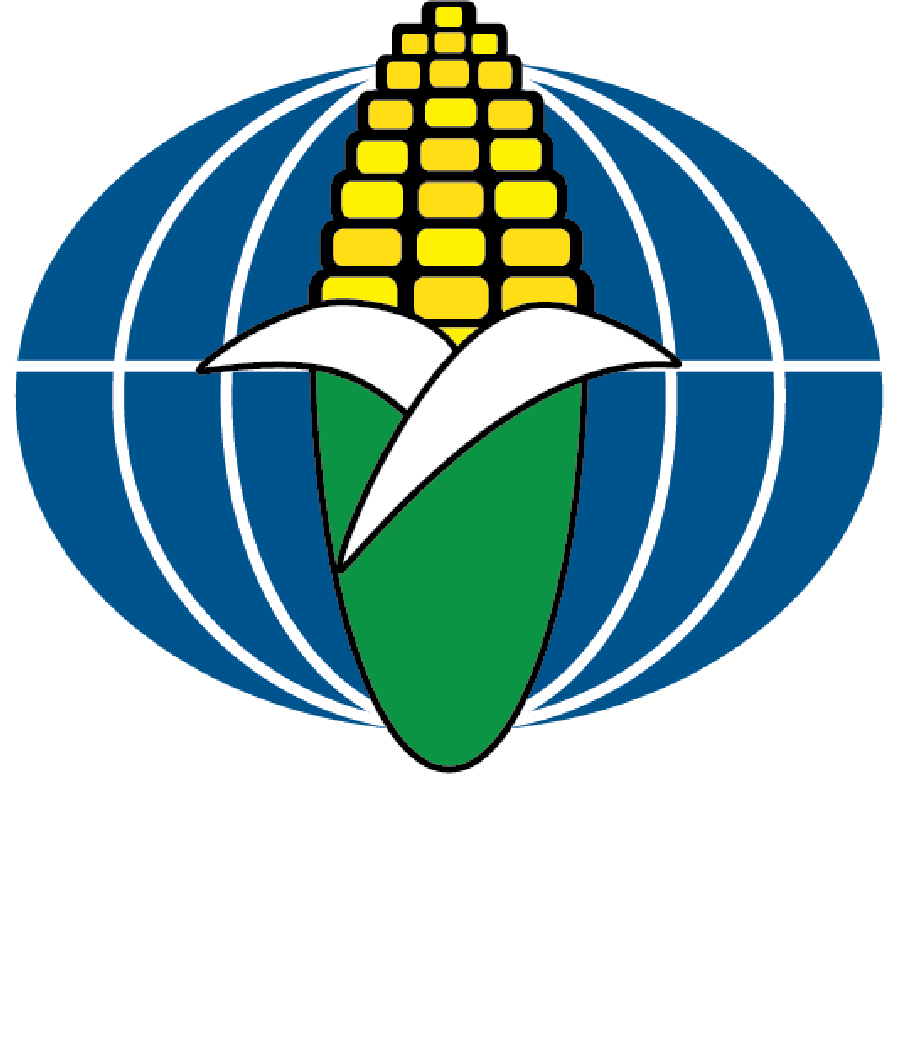During breeding, we have planned for the worst so that our products can perform at their best. Our Leafies and Floury Leafies offer growers some truly unique agronomics so that their silage crop delivers:
By: Margo Lee
1. The seed of a Leafy has a semi-floury endosperm. This allows it to be more permeable to ground moisture for a boost in spring vigor.
2. These big plants have a deeper root system than non-Leafies, giving them greater reach for soil water during a drought.
3. Leafies have a lower ear position on a more flexible stalk. This is ideal for producing digestible fiber, but it also gives the crop resilience in a major wind event. A Leafy is more likely to flex than to break.
4. A Leafy crop has a varied canopy height – with some plants putting on a few more above ear leaves than others. Take a walk into a Leafy field at flowering time and you’ll see the fertilization security that this characteristic offers – especially in a drought. While the tassels of a non-Leafy crop will flower all at once for about six days in good conditions, a Leafy crop will have a pollen-shed window that is nearly double that – with the shorter plants flowering first, followed by the medium and then the tallest. The key is that while the crop will vary in pollen shed timing, the ears throughout the field will produce silks at about the same time. In drought conditions the synchrony of the pollen and silking can be thrown off – so this wide pollen window brings much needed starch security at this sensitive time.
5. Leafies are very responsive to population. In areas where there has been poor emergence – due to flooding, for example, the Leafies that do come up are likely to put on two ears and make good use of their available resources.
6. Leafies have been designed to produce large ears with large, slow-drying kernels for increased starch digestibility. The plants have also been designed to dry slowly and at a complimentary rate to the ear. These characteristics work together to extend the harvest window by about double the time of a non-leafy. This means that a Leafy is more likely to make it into the bunker when it is packable, fermentable and while the starch is naturally digestible – at its optimal growth stage. This translates to lower dry matter losses and better feed quality.
Leafy Corn Silage Hybrids are not invincible, but they make the best of even a tough season.

